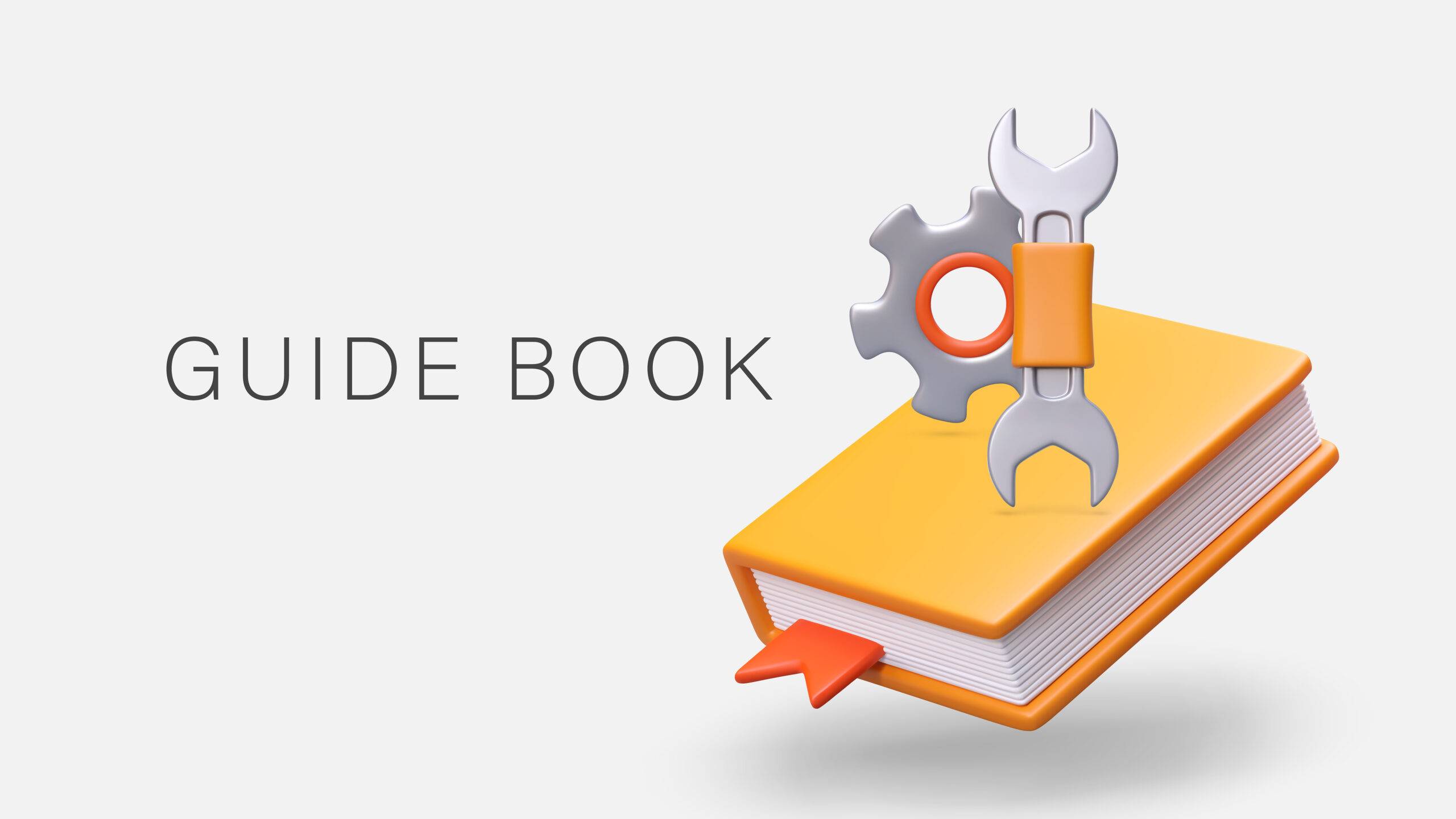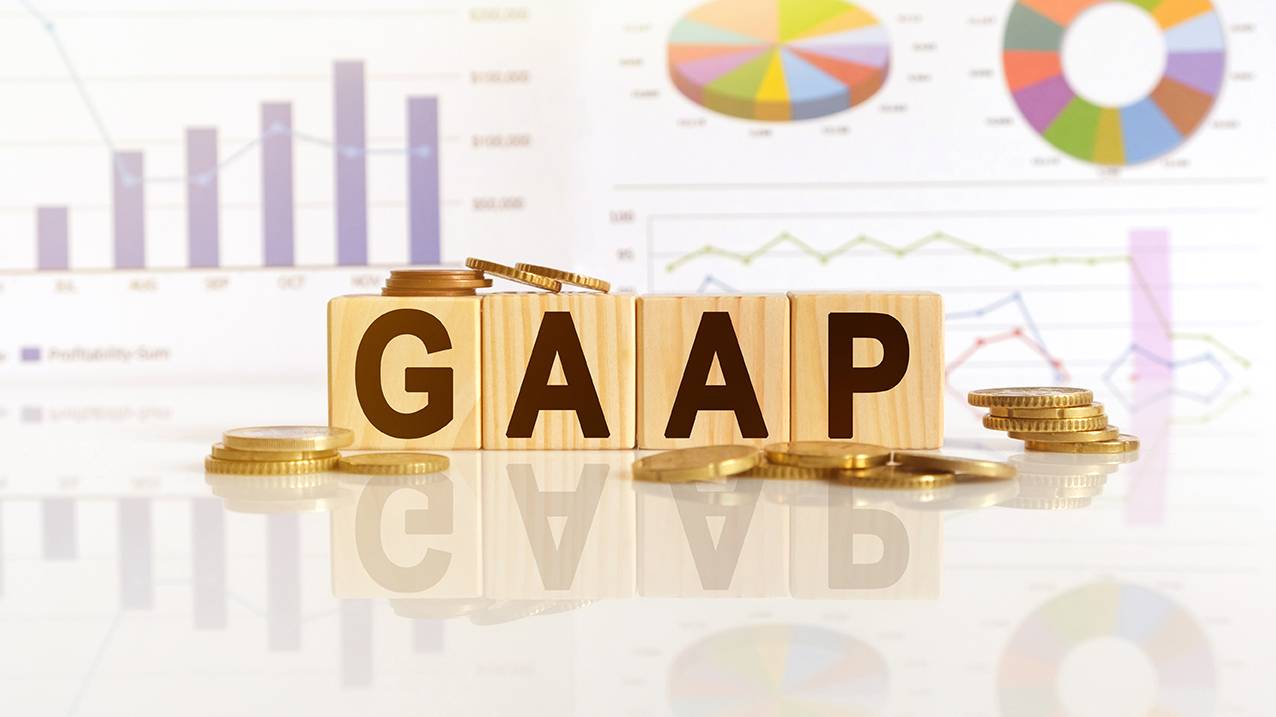Self-Study
Accounting for Inventory
Inventory valuation techniques, including cost systems, overhead allocation, and measurement methods for accurate financial reporting of inventory assets on your balance sheet.

$351.00 – $391.00
Webcasts are available for viewing Monday – Saturday, 8am – 8pm ET.
Without FlexCast, you must start with enough time to finish. (1 Hr/Credit)
Please fill out the form below and we will reach out as soon as possible.
CPE Credits
13 Credits: Accounting
Course Level
Overview
Format
Self-Study
Course Description
The value of inventory is a difficult figure to pin down, and yet it must be properly derived in order to create accurate financial statements. The Accounting for Inventory course enhances the accountant’s ability to derive an accurate valuation, every time. This inventory accounting CPE course does so by delving into inventory counting systems, cost layering, standard costing, overhead allocation, the lower of cost or market rule, disclosures, measurements, and much more. This accounting for inventory CPE course is an essential tool for dealing with one of the largest and most complex assets on the balance sheet.
Learning Objectives
Upon successful completion of this course, participants will be able to:
- Identify the types of inventory and recognize the timing of inventory ownership.
- Specify the situations in which the periodic inventory system should be used, and how the perpetual system can be enhanced.
- Identify the situations that can cause incorrect inventory transactions.
- Recognize the activities needed to establish a system of inventory record keeping, and how such a system may be rendered less accurate.
- Estimate ending inventory using the retail method.
- Identify the contents and calculation methods used for all systems of cost layering.
- Recognize the calculation methods for and causes of variances from standard costs.
- Identify the accounting for and uses of a job costing system.
- Specify the calculation methods and inputs needed to operate a process costing system.
- Specify the contents of and controls over the use of overhead.
- Identify who is responsible for spotting obsolete inventory, as well as the methods used to account for it.
- Recognize the cost classifications used in the lower of cost or market rule.
- Specify the accounting for spoilage, scrap, and rework.
- Identify the methods of allocation for joint costs and by-products.
- Recognize the disclosures associated with inventory.
- Identify the contents of the various accounting entries needed to record inventory transactions.
- Identify the rules promulgated by the Internal Revenue Service that relate to inventory.
- Itemize the pricing methods that can be used to compile transfer prices between subsidiaries, as well as the issues associated with each one.
- Identify the controls that can be used in the purchasing, receiving, and shipping of inventory.
- Specify the kinds of inventory-related activities that can be fraudulently employed to alter financial results or steal assets.
- Identify those policies that can be used to support accounting transactions related to inventory.
- Recognize the calculation methods used for the various budgets that include inventory, as well as the issues to consider when constructing these budgets.
- Specify how the results of various inventory measurements can be interpreted, when these measurements should be used, and the types of behavior they can reinforce.
Course Specifics
1183387
October 17, 2024
There are no prerequisites
None
260
Compliance Information
CMA Notice: Western CPE makes every attempt to maintain our CMA CPE library, to ensure a course meets your continuing education requirements please visit Insitute of Management Accountants (IMA)
CFP Notice: Not all courses that qualify for CFP® credit are registered by Western CPE. If a course does not have a CFP registration number in the compliance section, the continuing education will need to be individually reported with the CFP Board. For more information on the reporting process, required documentation, processing fee, etc., contact the CFP Board. CFP Professionals must take each course in it’s entirety, the CFP Board DOES NOT accept partial credits for courses.
Meet The Experts

Steven M. Bragg, CPA, is a full-time book and course author who has written more than 300 business books and courses. He provides Western CPE with self-study courses in the areas of accounting and finance, with an emphasis on the practical application of accounting standards and management techniques. A sampling of his courses include the The New Controller Guidebook, The GAAP Guidebook, Accountants’ Guidebook, and Closing the Books: An Accountant’s Guide. He also manages the Accounting Best Practices podcast. Steven has been the CFO or controller of both public and private companies and has been a consulting manager with Ernst & Young and …
Related Courses
-
 Accounting
Accounting
Accountants’ Guidebook
Steven M. Bragg, CPA QAS Self-Study
Credits: 30 $600.00
QAS Self-Study
Credits: 30 $600.00$600.00 – $640.00
-
 Accounting
Accounting
Accounting Fraud: Recent Cases
Joseph Helstrom, CPA QAS Self-Study
Credits: 1 $29.00
QAS Self-Study
Credits: 1 $29.00$29.00 – $49.00
-
 Accounting
Accounting
GAAP Guidebook
Steven M. Bragg, CPA QAS Self-Study
Credits: 29 $580.00
QAS Self-Study
Credits: 29 $580.00$580.00 – $620.00
